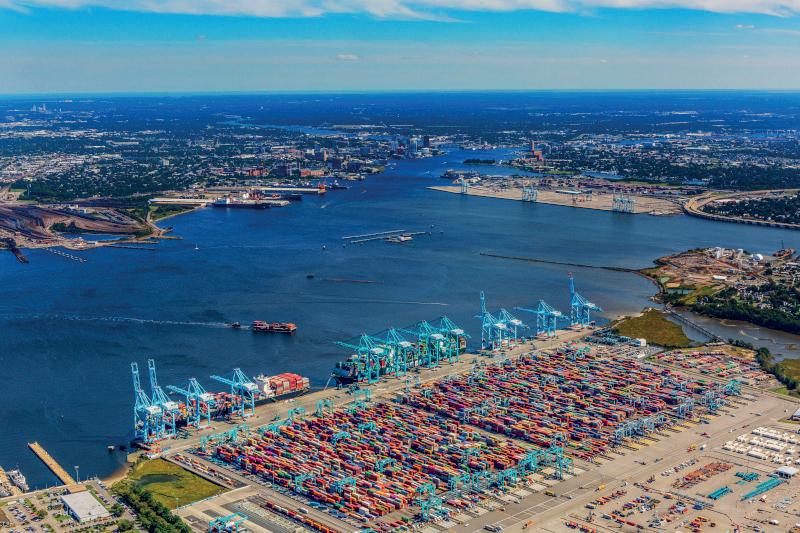
2 minute read
MATERIALS
Liverpool Toluca, Mexico
Phenolic resin makes a non-porous material well suited for applications such as: • Humid environment rainscreen facades or wall cladding • Moist rich interior settings such as washrooms • Lab spaces using solvents or chemicals • Food and pharmaceutical settings needing anti-microbial properties • Graffiti-resistant balconies, rainscreen cladding or outdoor furniture
HPL panels are also easy to fabricate and install, while offering abrasion, scratch, and impact resistance. Some manufactures offer Class A fire-rated panels as well.
Things to consider when choosing between HPL and LPL Panels
Phenolic and melamine materials each have their particular niches. The contractor will want to consider several key factors to make the best decision for the given project. Beyond price, these include:
Where will the material live? Drilling down into where exactly the panel will be in the interior or exterior space can make a difference. You may need a product that has a more durable architectural finish for building balconies, outdoor furniture and exterior cladding, but could get away with melamine for a less expensive interior application such as casework, toilet partitions or wall cladding.
What durability needs are there? The contractor will want to weigh factors such as: • Amount of traffic • Aesthetic requirements • Air moisture maybe change to relative humidity • Cleaning frequency, stringency • Risk of graffiti, impact, scratches • UV color-fastness What styles are available? HPL panels can be used in various applications, from soffits and exterior/interior wall cladding to toilet partitions, shelving and lab furniture. Both HPL (phenolic) and LPL panels can be used to make materials of the same thickness, but the range of colors and patterns available could be a contributing factor in your decision. HPL (phenolic panels) are very versatile, whether for public buildings or private commercial facilities.
LPL (low pressure laminates) is often a more affordable option, but when high quality and durability is needed, the price for phenolic HPL makes sense. HPL provides greater protection against the damage of daily use, which can bring long-term cost savings too.
Chad Bryant is the Managing Director at FunderMax North America, Inc. Since 1890, FunderMax has been a leading provider of sustainable HPL phenolic panels for exterior, interior, and laboratory surfaces that are customizable, durable, and easy to install. You can view many applications of phenolic HPL panels from FunderMax in its project gallery.
www.fundermax.us www.fundermax.us/project-gallery
Empire’s fall JMX Contracting turned to robotic demolition in its quest to topple a Vancouver landmark

Vancouver’s Empire Landmark Hotel held the title of the city’s largest free-standing hotel for more than 40 years. Opened in 1973, the building towered 420 feet (128 meters) over Robson Street and extended a further three levels underground, occupying an entire city block in the heart of downtown. Cloud 9, a revolving restaurant at the top, served guests an array of fine dining options paired with breathtaking views. With such a prime location, the hotel and restaurant quickly became a popular destination for tourists and locals alike. But when developers set their sights on revitalizing downtown Vancouver’s bustling West End, it was clear the Landmark’s time had come.
Demolishing a building on one of the city’s busiest thoroughfares — without bringing local traffic to a standstill or risking residents’









